Rui Lai
An Ultra-low Power TinyML System for Real-time Visual Processing at Edge
Jul 11, 2022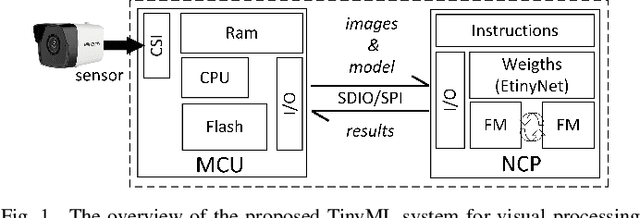
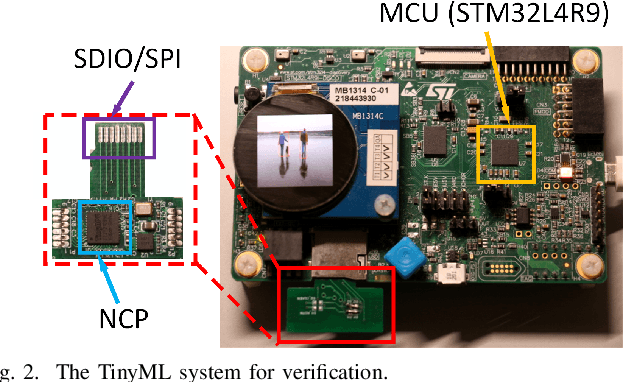
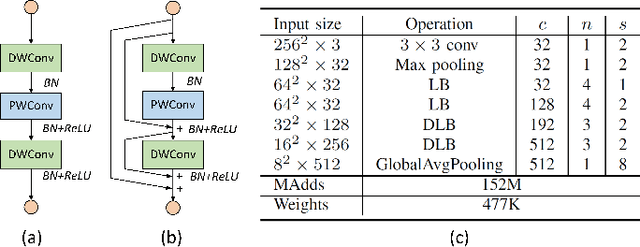
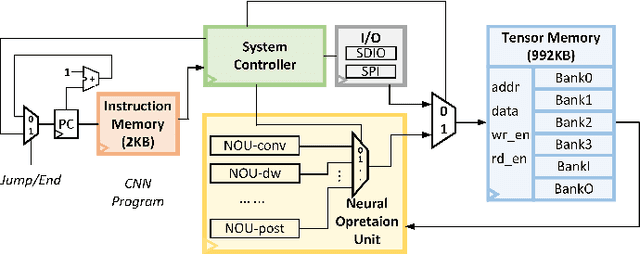
Abstract:Tiny machine learning (TinyML), executing AI workloads on resource and power strictly restricted systems, is an important and challenging topic. This brief firstly presents an extremely tiny backbone to construct high efficiency CNN models for various visual tasks. Then, a specially designed neural co-processor (NCP) is interconnected with MCU to build an ultra-low power TinyML system, which stores all features and weights on chip and completely removes both of latency and power consumption in off-chip memory access. Furthermore, an application specific instruction-set is further presented for realizing agile development and rapid deployment. Extensive experiments demonstrate that the proposed TinyML system based on our model, NCP and instruction set yields considerable accuracy and achieves a record ultra-low power of 160mW while implementing object detection and recognition at 30FPS. The demo video is available on \url{https://www.youtube.com/watch?v=mIZPxtJ-9EY}.
Fixed Pattern Noise Reduction for Infrared Images Based on Cascade Residual Attention CNN
Oct 22, 2019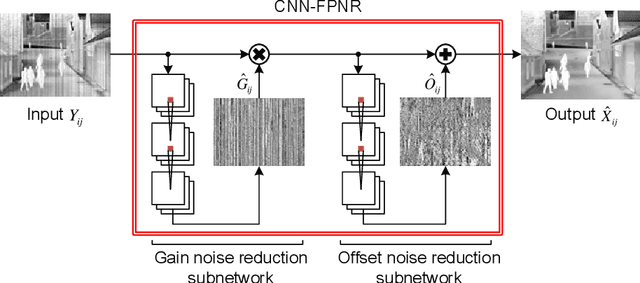


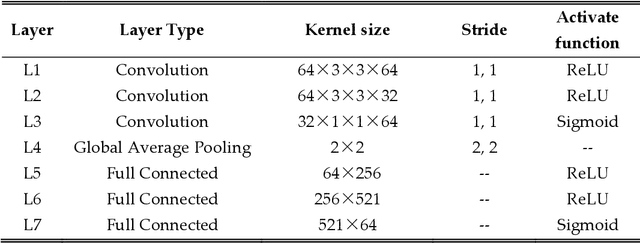
Abstract:Existing fixed pattern noise reduction (FPNR) methods are easily affected by the motion state of the scene and working condition of the image sensor, which leads to over smooth effects, ghosting artifacts as well as slow convergence rate. To address these issues, we design an innovative cascade convolution neural network (CNN) model with residual skip connections to realize single frame blind FPNR operation without any parameter tuning. Moreover, a coarse-fine convolution (CF-Conv) unit is introduced to extract complementary features in various scales and fuse them to pick more spatial information. Inspired by the success of the visual attention mechanism, we further propose a particular spatial-channel noise attention unit (SCNAU) to separate the scene details from fixed pattern noise more thoroughly and recover the real scene more accurately. Experimental results on test data demonstrate that the proposed cascade CNN-FPNR method outperforms the existing FPNR methods in both of visual effect and quantitative assessment.
 Add to Chrome
Add to Chrome Add to Firefox
Add to Firefox Add to Edge
Add to Edge